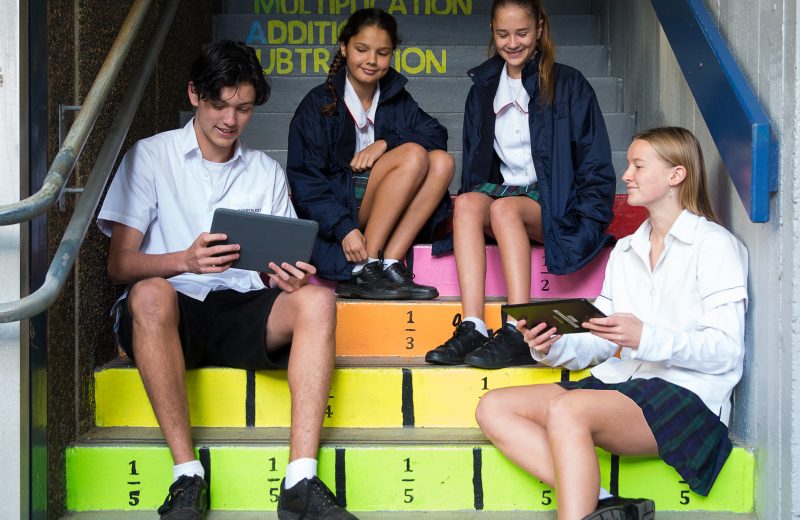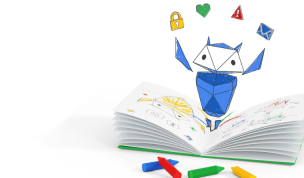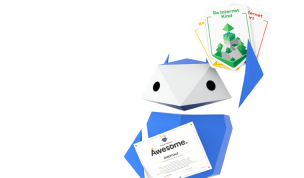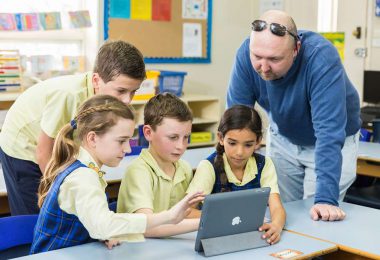Landmark study reveals the reality of teen vaping and smoking

One of the largest Australian studies involving student reporting of substance use highlights perceived and actual levels of vaping and smoking among Australian students, and what it means for efforts to reduce harm.
A major new study by Life Ed and the Australian Council for Educational Research (ACER) has revealed that while most secondary students are choosing not to vape or smoke, the majority still believe these behaviours are much more common than they actually are. The findings, released for World No Tobacco Day, provide a reality check on teen substance use and point to new directions for prevention.
Drawing on data from nearly 30,000 students across 135 schools in New South Wales and South Australia, the study is one of the largest of its kind in Australia. It found that 75% of students had never vaped, and only 6% of Year 11 students smoked cigarettes weekly. Despite these low rates, students consistently overestimated peer use, with just 10% believing most of their classmates had never vaped.

Almost half of students (45%) said they were concerned about being pressured to vape, yet only 13% thought it was acceptable to smoke or vape, and about half strongly disagreed with these behaviours. Vaping emerged as the substance with the highest rate of weekly use, overtaking alcohol, cigarettes, cannabis, and MDMA.
The study also highlighted key differences across student groups. Girls were more likely than boys to try or regularly use vapes, and students in less advantaged schools reported higher rates of vaping and smoking. By Year 7, almost 20% of students had already tried vaping, and 85% believed their peers had done so, underscoring the need for early education and intervention.
The research is part of Life Ed’s Reality Now secondary school drug education program. With support from nib foundation, Life Ed NSW has been able to scale and strengthen the program, reaching thousands of secondary students across New South Wales. In South Australia, the program is delivered with support from the State Government, enabling thousands of students to access fully funded drug education each year. The Reality Now’s social norms approach has been shown to help students see that healthy choices are the norm, empowering them to resist peer pressure and make informed decisions.

Several NSW Local Health Districts have requested that Reality Now be facilitated in schools in their regions. A recent survey of students who participated in the program across these districts revealed strong positive outcomes: 92% of students reported they now understand substance use and its consequences, and 90% said they now feel more equipped to manage peer pressure.
“Reality Now goes beyond awareness. It’s about building lifelong skills that empower young people to navigate complex social pressures and make healthy decisions throughout their lives,” said Gildi, CEO of Life Ed SA. “By embedding prevention early and working closely with schools and families, we’re creating supportive spaces where young people can explore ideas, build confidence, and make informed choices that align with their values.”
The report calls for a coordinated community response. It urges policymakers to expand access to evidence-based prevention programs, schools to adopt social norms education, and families to have open, honest conversations about substance use. “These findings provide a valuable opportunity to build on the strengths of young people and support their health and wellbeing,” said Mr Peatfield.
Read the full report
Reality Now: Tobacco and Vaping Report by Tamara Van Der Zant, Terese Hooper, Katherine Dix and Toby Carslake.









